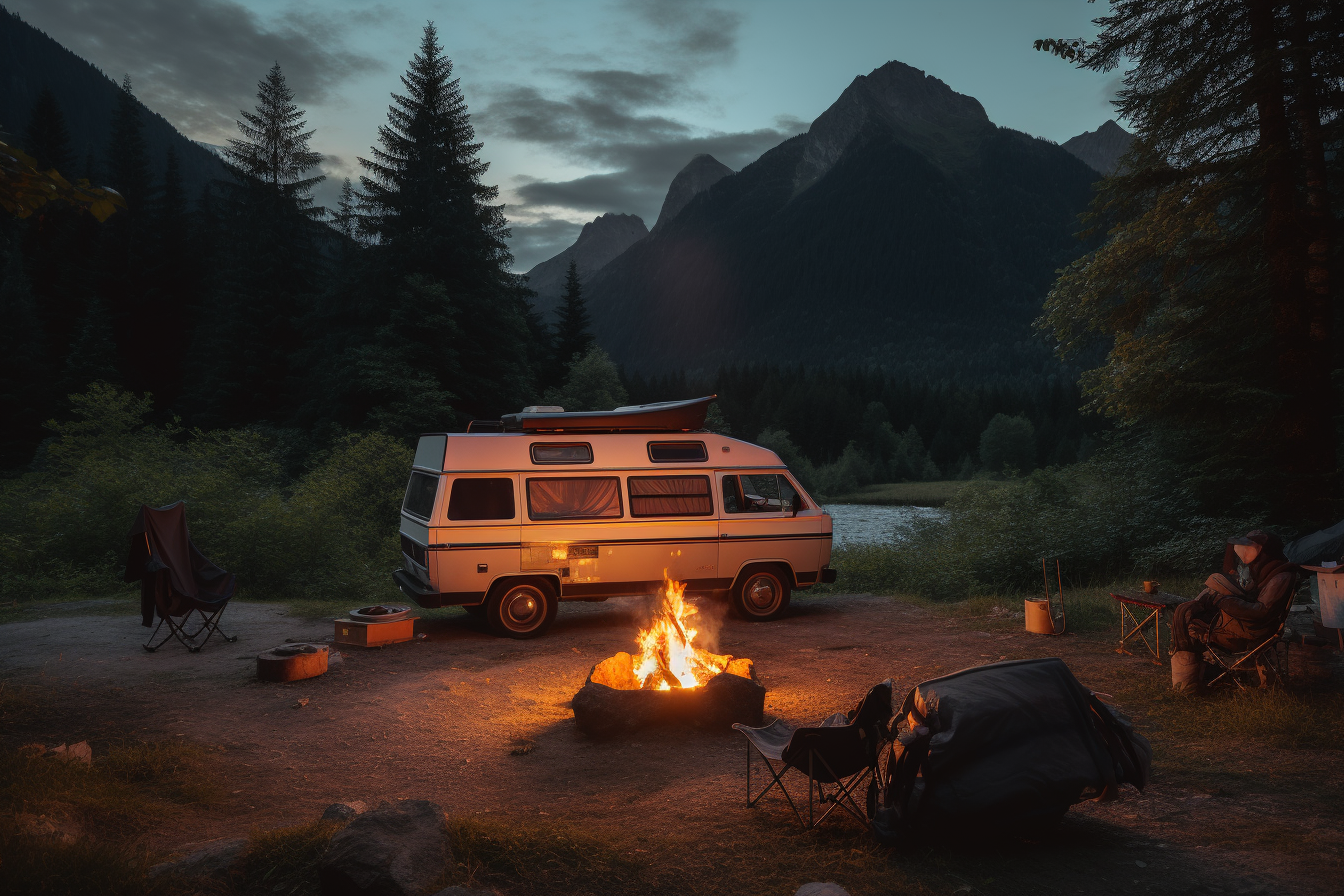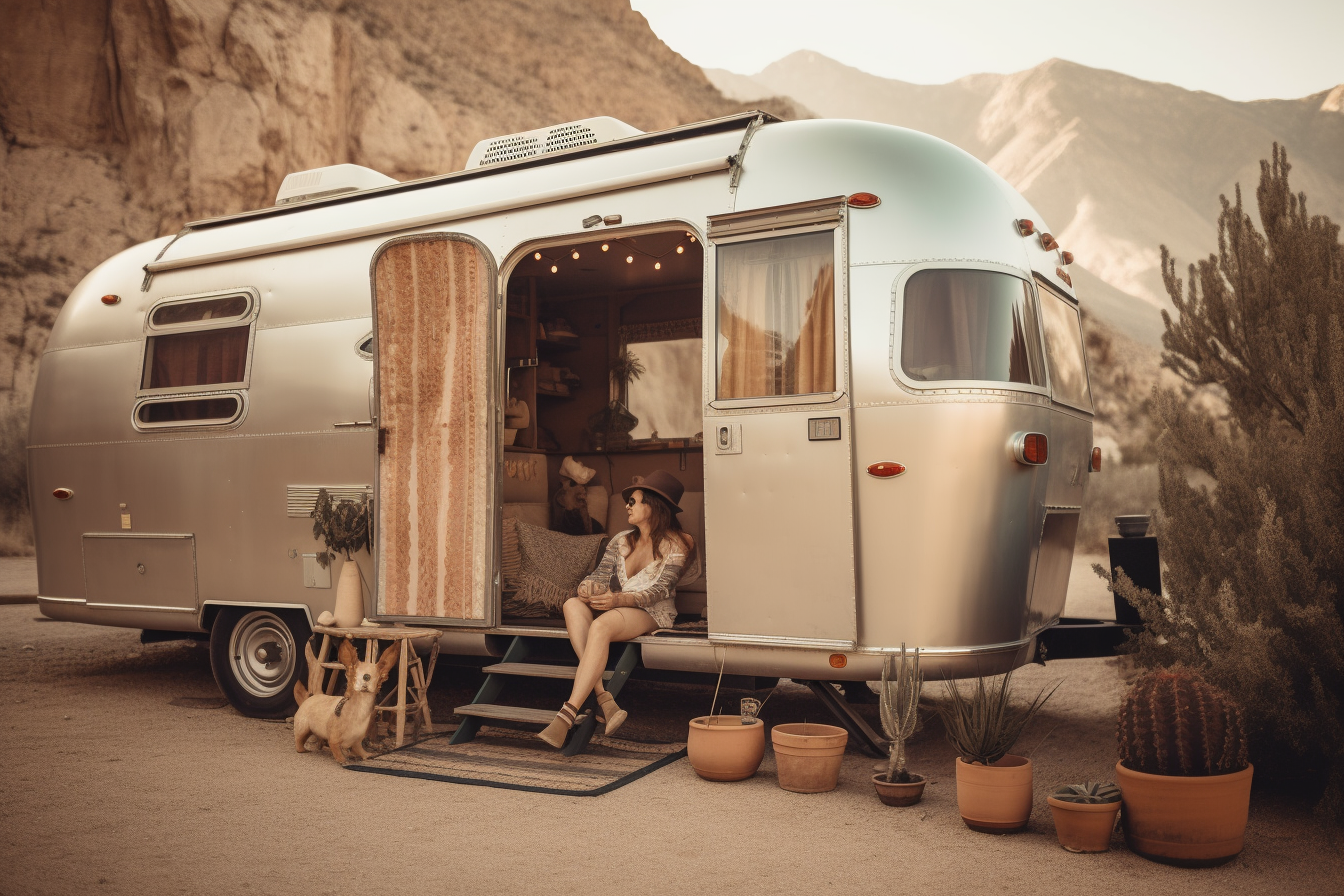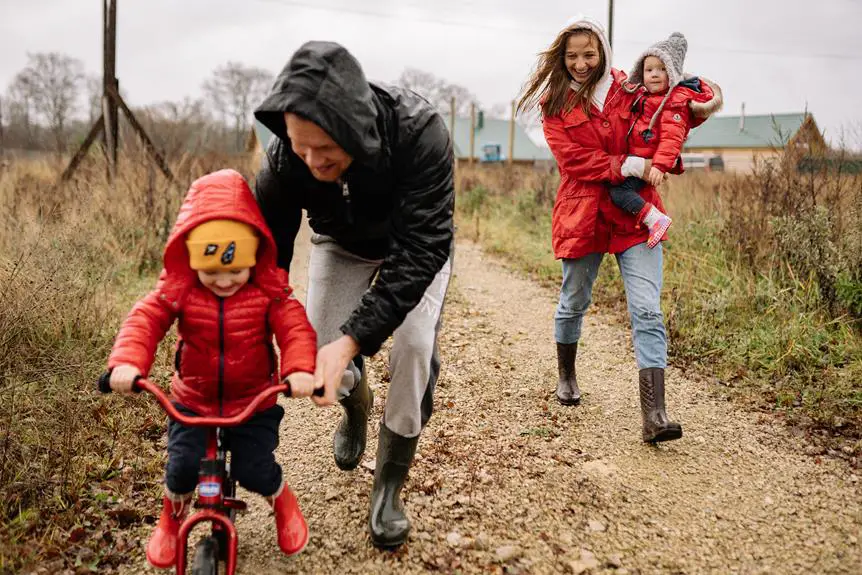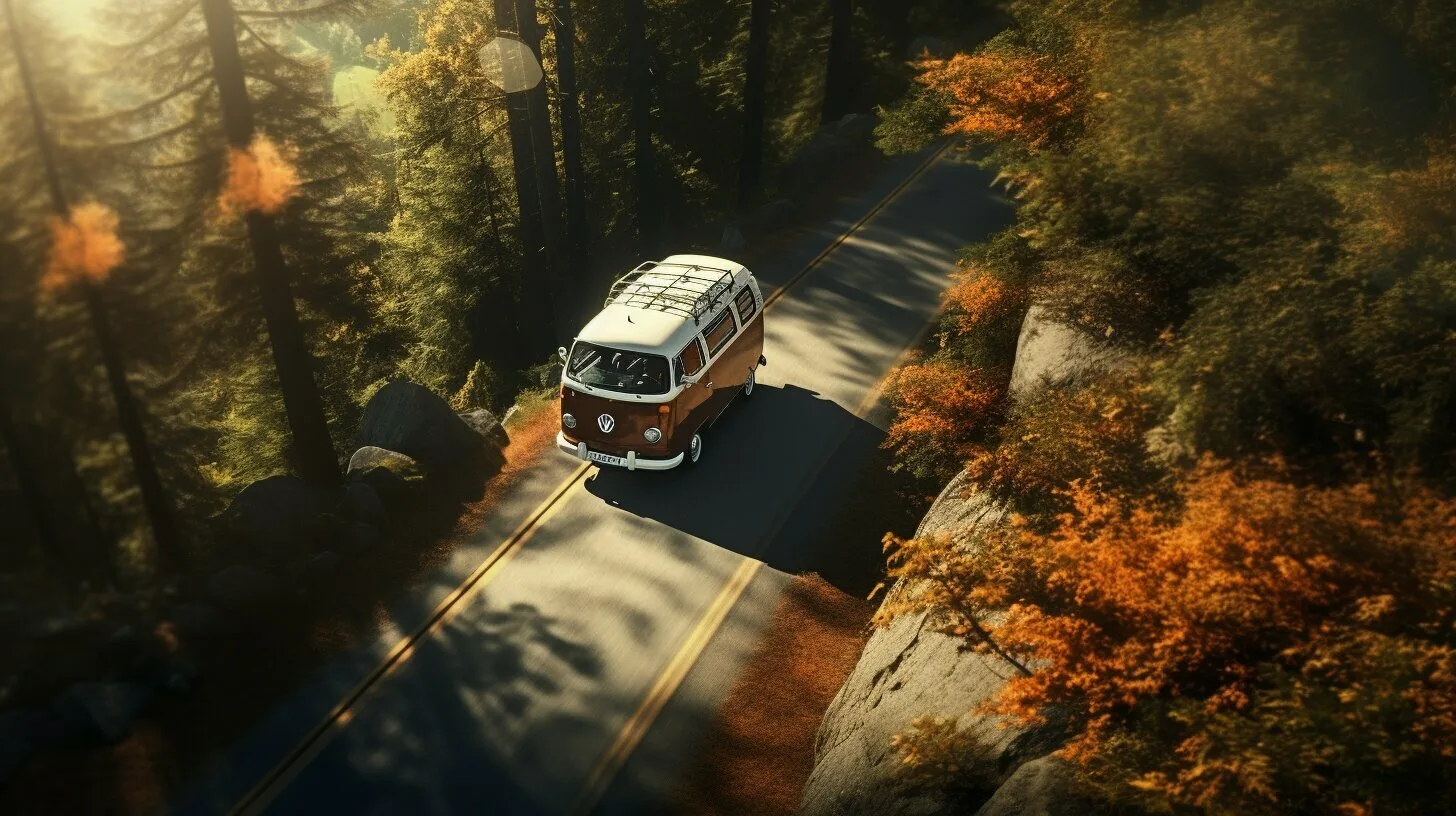Embarking on an adventure with my RV or camper van often begins with a crucial step – choosing the best campsites for your RV. It may seem like a simple decision, but it involves more than just picking a spot on a map. It calls for a thorough evaluation of a variety of factors, such as the site’s accessibility, the amenities it offers, and its specific rules and regulations.
And to make things even more complex, each region offers a unique camping experience – from the lush national forests of the Pacific Northwest to the sun-soaked beaches on the Gulf of Mexico. That’s why a well-informed decision requires a comprehensive look into these diverse options.
Through my experiences, I’ve learned a lot about navigating this multifaceted process, and I want to share some valuable insights to help you find the best campsite that meets your unique needs and preferences.
Key Takeaways From Best Campsites for Your RV
- Consider the provided amenities such as showers, toilets, electricity, and water hookups when evaluating a campsite for your RV or camper van.
- Inspect the campground rules and regulations to ensure they align with your needs and preferences.
- Evaluate the location of the campsite in relation to attractions, activities, and services you are interested in.
- Gather information from other campers and read reviews to get insights and recommendations about the campsite.
Evaluating Campsite Amenities
When picking a campsite for your RV or camper van, conducting a comprehensive review of the provided amenities at the campground is crucial. This review involves inspecting facilities such as showers, toilets, electricity, and water hookups. These amenities hold significant importance to ensure a comfortable camping experience.
Inspecting the campground’s rules and regulations is also vital. These rules should match your preferences and needs for a serene stay. For example, some campgrounds may enforce strict pet policies or quiet hours, which might not align with everyone’s preferences.
The campground’s location concerning attractions, activities, and services can also sway your decision. Being close to grocery stores, restaurants, or natural attractions can make your camping trip more enjoyable.
The campground’s size and accessibility are also significant factors. It should be able to accommodate your vehicle and possess appropriate roads and parking spaces. Getting information from other campers can be beneficial as well. Reading reviews and collating information can offer insights into the campground’s conditions and reputation.
Top National Forests for Camping
National Forests offer a peaceful escape for van campers, with a myriad of perfect camping spots to choose from. These forests provide a range of landscapes and secluded experiences, away from the noise and crowds of RV parks. They provide unparalleled serenity and untouched beauty, giving campers the opportunity to truly connect with nature.
Van camping is perfectly suited for National Forests. Some of the top forests for this type of camping are:
- Cherokee National Forest. This forest is in Tennessee and features a range of terrains and picturesque views.
- White River National Forest. This forest in Colorado is recognized for its mountainous landscapes.
- Deschutes National Forest. This forest in Oregon offers a combination of river views and mountainous terrain.
- Coconino National Forest. This forest in Arizona features a distinct desert environment.
- Superior National Forest. This forest in Minnesota is home to the Boundary Waters Canoe Area Wilderness.
Campendium is a resource that can help locate free camping spots within these forests. Each of these forests offers unique experiences, making van camping a diverse and rewarding experience.
To truly excel at van camping, one must recognize and make use of the diverse opportunities that these national forests provide.
Best Beach Camping Locations
The best beach camping locations offer a special experience for van campers. The joy of waking up to the gentle lullaby of the ocean in your RV or camper van is unparalleled. However, van camping on a beach requires some precautions. Always gauge the solidity of the sand and stay alert to the possibility of high tides to prevent unwelcome incidents.
Here are a few prime beach camping locations across the United States:
| Location | Features |
|---|---|
| Oregon Coast | Restricted beachfront camping, primarily in wooded areas |
| California State Beaches | Abundant beachfront camping choices |
| Private RV parks in California | Multiple beachfront spots |
| Florida State Parks | Wide range of beach camping sites |
Stealth Camping: Tips and Tricks
Stealth camping offers a captivating alternative for overnight lodging without the use of typical campsites. This technique lets you explore a novel territory, typically a city or town, in a distinctive and engaging manner.
Here are some suggestions and strategies for successful stealth camping:
- Always inspect local rules before establishing your camp. Certain regions may enforce rigorous regulations about overnight stays.
- If feasible, obtain approval from business owners or authorities. This could help avert any potential legal issues.
- Pick inconspicuous locations for your camp. The objective is to assimilate with the environment and prevent attracting attention to your RV or van.
- Show good manners. This entails being courteous to locals, maintaining low noise levels, and generally being a considerate visitor.
- Stick to the ‘leave no trace’ principle. This implies tidying up after yourself and restoring the area to its original state.
Exploring Baja California Camping
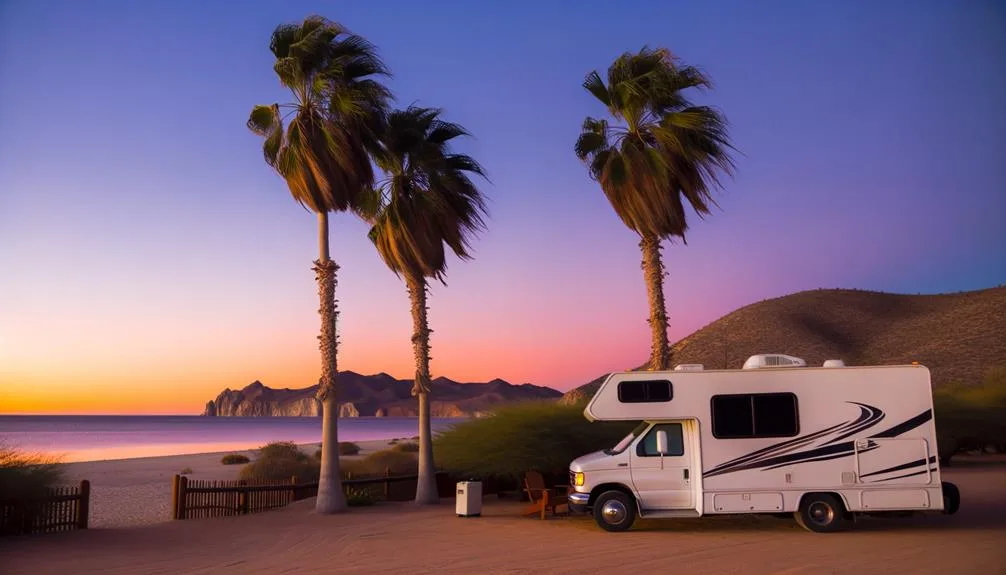
While the allure of stealth camping is undeniable, it’s worth venturing into the varied and distinct camping opportunities that Baja California camping provides. Different options, ranging from RV parks to free beach camping, cater to diverse camping tastes, ensuring an adventure for all.
The quaint towns of Baja California are welcoming to van campers. Their narrow lanes make it simple for campers to maneuver and find the perfect camping locations. This ease of navigation contributes to a positive camping experience in this area.
On top of this, camping in Baja California can be budget-friendly. With reasonable costs and availability of modern facilities in some areas, campers can have a comfortable stay without a hefty expenditure. Special places such as an orange grove and a private dwelling in Cabo San Lucas provide experiences that are rare to come by.
Further, the State Park in Baja California offers a harmonious mix of natural beauty and well-equipped camping amenities. This makes it a top choice for those who are after a calm environment, yet want the convenience of modern camping facilities.
Frequently Asked Questions
How Do I Find the Perfect Campsite?
To find the perfect campsite, consider the location’s amenities, natural beauty, and accessibility. Use resources like Campendium for options and reviews. Consider varying experiences, from beachfront sites to mountainous terrains. Always respect the environment you’re camping in.
Why Are RV Campgrounds so Expensive?
RV campgrounds are costly due to operational expenses like utilities, staff, and maintenance. Prime locations, demand, and amenities also influence pricing. Larger, luxurious resorts with more facilities typically charge higher fees.
What Is the Ideal Campsite?
The ideal campsite offers a balance of natural beauty, accessibility, and necessary facilities. It should provide a safe, comfortable environment and be located in an area that aligns with your camping preferences and activities.
What Is the Best Location for Campsite?
The best campsite location depends on personal preferences. Some might prefer secluded, natural settings for tranquility, while others may opt for locations close to attractions or amenities for convenience and entertainment purposes. Consider accessibility and safety as well.

